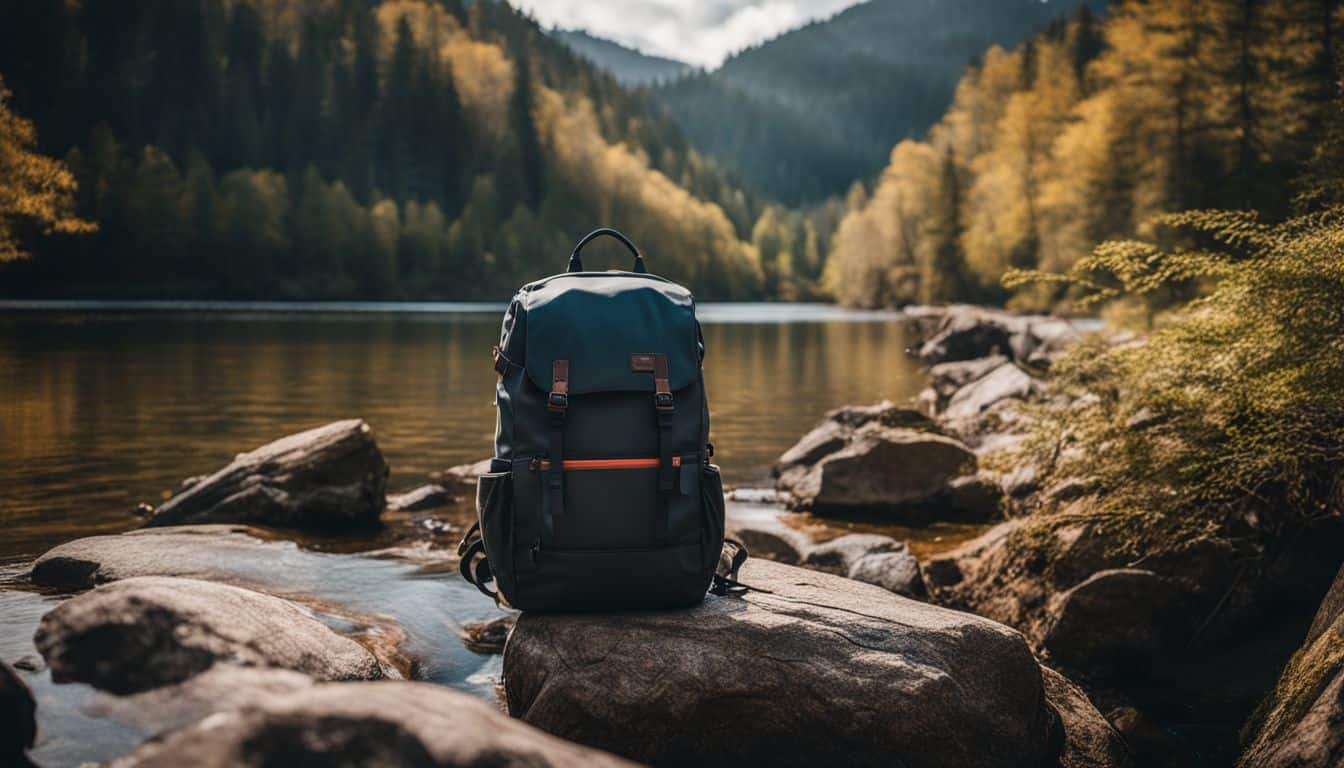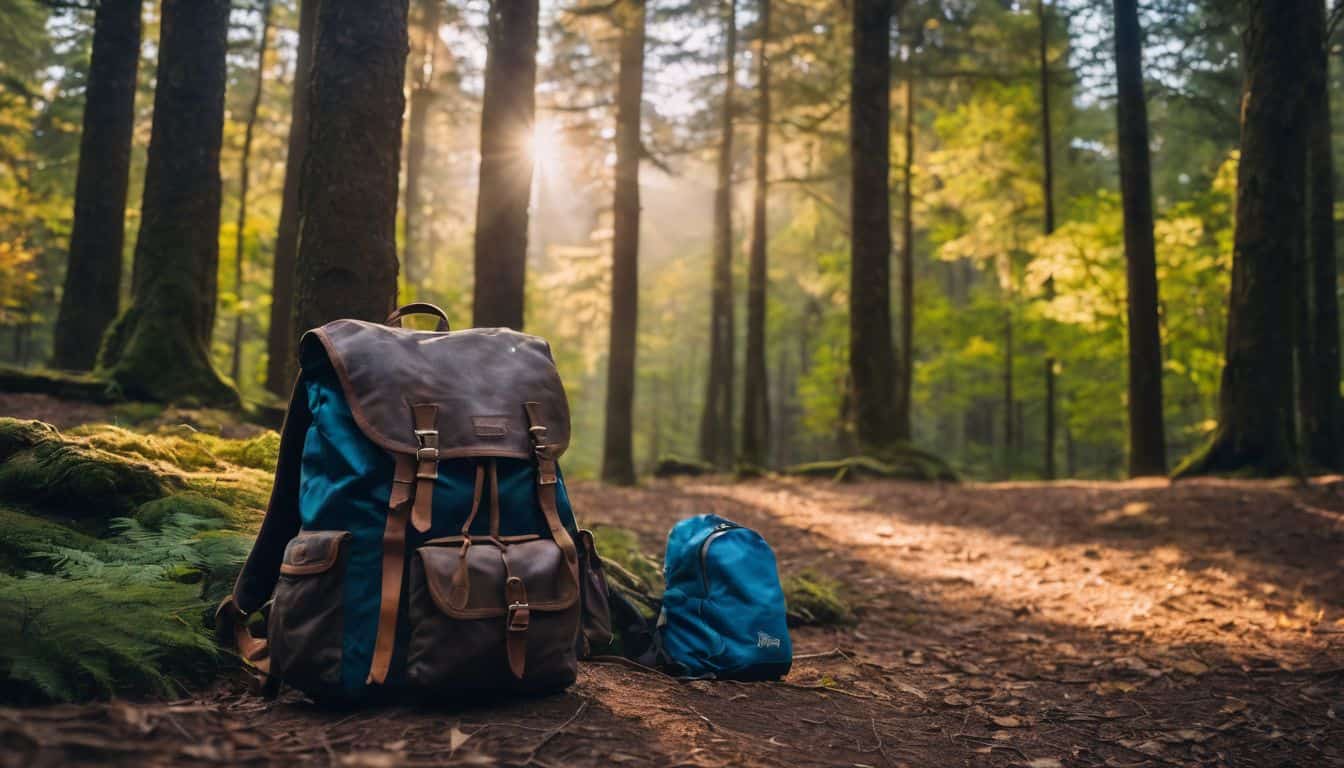Minimalist backpacking involves carrying only the essentials and reducing pack weight to enhance mobility and comfort. The benefits of going ultralight include less physical strain, increased distance coverage, and a deeper connection with nature. In the world of modern backpacking, the minimalist approach has gained significant traction.
This guide will explore the art of minimalist backpacking, helping you embrace the ultralight philosophy for a more enjoyable and efficient outdoor experience.
Understanding the Ultralight Mindset
The core of minimalist backpacking is the “less is more” philosophy. It’s about finding the perfect balance between weight reduction and maintaining safety and comfort on the trail. This mindset challenges traditional backpacking norms, encouraging hikers to critically evaluate each item they carry.
The goal is not just to lighten the load but to enhance the overall hiking experience by increasing mobility and reducing physical strain. Ultralight backpackers often find that carrying less allows them to connect more deeply with their surroundings, as they’re less encumbered by heavy gear. However, it’s crucial to remember that ultralight doesn’t mean unprepared; safety should always be the top priority.
The Big Four: Cutting Weight Where It Matters Most
Focus on reducing weight in these four key areas:
Backpack
Choose a lightweight pack that fits your minimalist gear setup. Many ultralight backpacks weigh less than two pounds and still provide adequate support and durability.
Shelter
Depending on your comfort level and the expected conditions, opt for lightweight tents, tarps, or even bivy sacks. Some ultralight shelters weigh less than a pound.
Sleeping Bag/Quilt
Consider switching to a quilt instead of a traditional sleeping bag to save weight. Look for options made with high-quality down or synthetic insulation to maximize the warmth-to-weight ratio.
Sleeping Pad
Choose an inflatable or foam pad that balances comfort and weight. Some ultralight pads weigh less than 10 ounces while still providing adequate insulation from the ground.

Essential Gear for Minimalist Backpacking
Water Management
Opt for lightweight filtration systems and carry only necessary water. Consider using a small filter or chemical treatment instead of heavier pump-style filters. Plan your water sources carefully to avoid carrying excess water weight.
Cooking System
Choose ultralight stoves and simplify meal planning. Alcohol stoves or small canister stoves can significantly reduce weight. Consider no-cook meals for shorter trips to eliminate the need for a stove altogether.
Clothing
Utilize layering strategies and multi-purpose garments. Focus on versatile pieces that can be worn in various combinations. Avoid duplicate items and choose fabrics that dry quickly and provide adequate insulation.
Navigation and Safety Equipment
Find lightweight alternatives for the Ten Essentials. Use a smartphone app for navigation instead of heavy guidebooks, opt for a mini first-aid kit, and choose a lightweight headlamp. Remember, while going light is important, never compromise on crucial safety gear.
Techniques for Lightening Your Load
Weigh your gear, replace heavy items with lighter alternatives, and embrace multi-use gear strategies. Start by creating a detailed gear list and weighing each item. This process helps identify unnecessarily heavy items that can be replaced or eliminated.
Look for lightweight alternatives to traditional gear, such as switching from a heavy tent to a tarp shelter. Embrace multi-use items; for example, a camping pot can double as a bowl, and a bandana can serve as a washcloth, pot holder, and neck protection. Remember, every ounce counts, so be critical of each item you pack.
Food and Nutrition for Ultralight Backpacking
Focus on calorie-dense, lightweight food options. Repackage foods to minimize waste and weight. Opt for dehydrated meals, nuts, dried fruits, and energy bars that provide high calories per ounce. Consider no-cook meals to eliminate the need for cooking gear.
When repackaging, remove excess packaging and use resealable plastic bags to reduce weight and bulk. Plan your meals carefully to ensure you have enough nutrition without overpacking. Remember to account for increased calorie needs during strenuous hikes.
Adapting to Different Environments and Conditions
When backpacking remote trails, consider seasonal variations and adjust your kit for various terrains. Different environments require different gear and preparation. In colder climates, focus on lightweight but warm layers. For hot, dry areas, prioritize sun protection and water-carrying capacity.
Research the specific challenges of your destination and adjust your gear accordingly. Be prepared to adapt your kit based on weather forecasts and potential terrain changes.
Safety Considerations in Minimalist Backpacking
Balance weight reduction with preparedness. Develop skills and knowledge to compensate for carrying less gear. While minimizing weight is important, never compromise on essential safety items.
Enhance your outdoor skills, such as navigation, first aid, and weather reading, to rely less on gear and more on knowledge. Always carry a well-thought-out emergency kit, even if it’s minimalist. Remember, the goal is to be light and safe, not just light.
Getting Started with Minimalist Backpacking
For those new to this approach, check out these backpacking tips for beginners. Start with a gradual transition and practice before embarking on longer trips. Begin by lightening your load on short, familiar trips. This allows you to test your new setup and identify areas for improvement.
Practice setting up your lightweight shelter and using your minimalist gear before heading into more challenging terrain. Gradually increase the length and difficulty of your trips as you become more comfortable with your ultralight setup.

Conclusion
Embracing the minimalist backpacking lifestyle can transform your outdoor experiences. Remember to always prioritize safety and practice responsible ultralight techniques.
By following these guidelines, you’ll be well on your way to mastering the art of minimalist backpacking, enhancing your connection with nature while reducing the burden on your back.

Leave a Reply